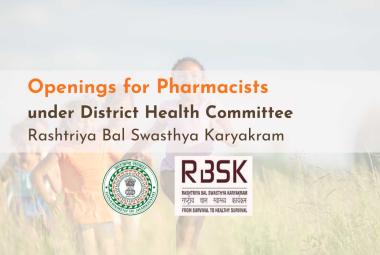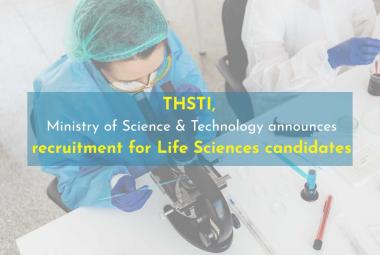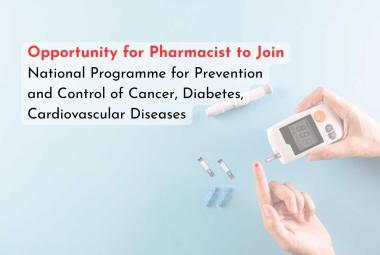SKIN AGING & MODERN AGE ANTI-AGING STRATEGIES
ABOUT AUTHORS
Abdul Kader Mohiuddin, Assistant Professor
Department of Pharmacy, World University of Bangladesh
151/8, Green Road, Dhanmondi, Dhaka – 1205, Bangladesh
Background
Skin is the barrier that segregates the body from the outer environment. Besides protecting the body from water loss and microorganism infection, it has an important cosmetic role. Young and beautiful appearance may have a positive influence on people’s social behavior and reproductive status. Cleopatra, the Egyptian queen is said to have indulged in daily donkey-milk baths, a practice which apparently required over 700 donkeys to accomplish. The alpha hydroxy acids in the milk is believed to be anti-aging and skin-softening agents. Tang-dynasty ruler and sole female emperor of China, Wu Zetian, maintained a lifelong interest in skincare formulas. She mixed her “fairy powder” (made of carefully harvested and prepared Chinese motherwort) with cold water in order to wash her face each morning. The empress was a famed beauty well into her old age. The most hair-raising entrant in this list, 16th century Hungarian countess Elizabeth Báthory is infamous for being one of the world’s first documented female serial killers. Most of her life is shrouded in mystery and legend—the most famous story being that she would regularly bathe in the blood of her female victims. Mary, Queen of Scots, the ill-fated and attractive adversary of Elizabeth I, spent her sixteenth-century happier days on her estate in Edinburgh, Scotland, where her beauty regimen was said to include white-wine baths. In addition to wine’s antiseptic alcohol content, it was also was thought to improve complexion in general. Crème Céleste, a favorite product of empress Elisabeth (Sisi) of Austria, was a concoction of spermaceti (a wax found in the head of sperm whales), sweet almond oil, and rosewater. She would apply this daily and at night, she was known to coat her face in raw veal and crushed strawberries, kept in place with a custom-made leather mask. The skin folds are indicative of an aged personality, but not youthfulness. So, everyone wants to look younger for whole of the life, which lead to the discovery of many surgical and non-surgical treatment modalities to improve the youthfulness. Since the introduction of Botox in 2002 after FDA approval more aesthetic procedures using Botox were performed by aestheticisms involving plastic surgeons and dermatologists. However, many scientists are now starting to view physical aging as a disease process. The cellular and molecular mechanisms involved in aging reveal an intricate series of signals, markers, and pathways, all of which are programmed to monitor and control the lifespan of a cell as it ages. By studying these molecular events and pathways, the field of anti-aging will be furthered by the use of more and more cosmetics.
ABSTRACT
As the most voluminous organ of the body that is exposed to the outer environment, the skin suffers from both intrinsic and extrinsic aging factors. Skin aging is characterized by features such as wrinkling, loss of elasticity, laxity, and rough-textured appearance. This aging process is accompanied with phenotypic changes in cutaneous cells as well as structural and functional changes in extracellular matrix components such as collagens and elastin. With intrinsic aging, structural changes occur in the skin as a natural consequence of the biological changes over time and produce a certain number of histological, physiological, and biochemical modifications. Intrinsic aging is determined genetically (influence of gender and ethnic group), variable in function of skin site, and also influenced by hormonal changes. Visually it is characterized by fine wrinkles. By comparison, “photoaging” is the term used to describe the changes occurring in the skin, resulting from repetitive exposure to sunlight. The histological, physiological, and biochemical changes in the different layers of the skin are much more drastic. From a mechanical point of view, human skin appears as a layered composite containing the stiff thin cover layer presented by the stratum corneum, below which are the more compliant layers of viable epidermis and dermis and further below the much more compliant adjacent layer of subcutaneous white adipose tissue. Upon exposure to a strain, such a multi-layer system demonstrates structural instabilities in its stiffer layers, which in its simplest form is the wrinkling. These instabilities appear hierarchically when the mechanical strain in the skin exceeds some critical values. Their appearance is mainly dependent on the mismatch in mechanical properties between adjacent skin layers or between the skin and subcutaneous white adipose tissue, on the adhesive strength and thickness ratios between the layers, on their bending and tensile stiffness as well as on the value of the stress existing in single layers. Gradual reduction of elastic fibers in aging significantly reduces the skin’s ability to bend, prompting an up to 4-fold reduction of its stability against wrinkling, thereby explaining the role of these fibers in skin aging. Anti-aging medicine is practiced by physicians, scientists, and researchers dedicated to the belief that the process of physical aging in humans can be slowed, stopped, or even reversed through existing medical and scientific interventions. This specialty of medicine is based on the very early detection and prevention of age-related diseases. Physicians practicing anti-aging medicine seek to enhance the quality of life as well as its length, limiting the period of illness and disability toward the end of one’s life. Anti-aging medicine encompasses lifestyle changes (diet and exercise); hormone replacement therapies, as needed, determined by a physician through blood testing (DHEA, melatonin, thyroid, human growth hormone, estrogen, testosterone); antioxidants and vitamin supplements; and testing protocols that can measure not only hormone levels and blood chemistry but every metabolic factor right down to the cellular level.




 ABOUT AUTHOR
ABOUT AUTHOR ABOUT AUTHORS:
ABOUT AUTHORS:  About Authors:
About Authors: 





